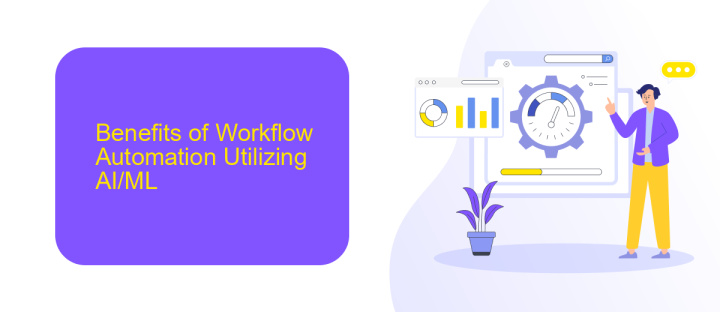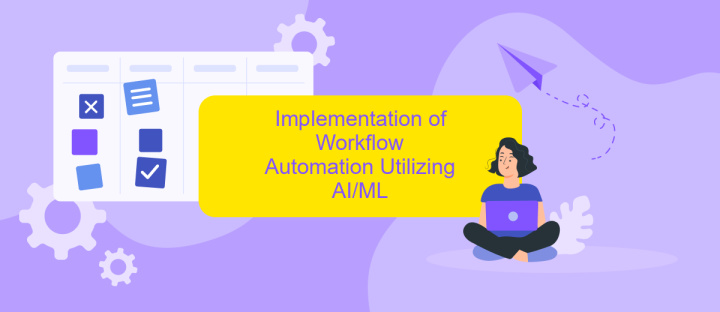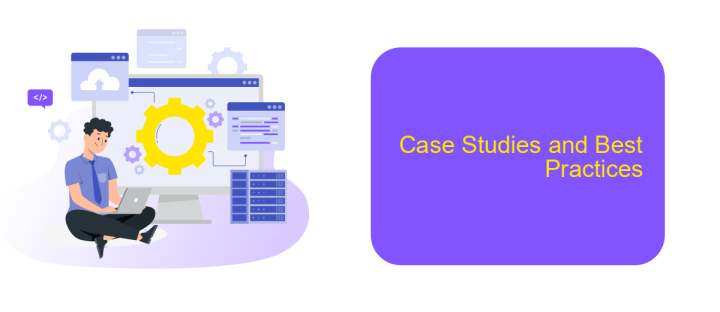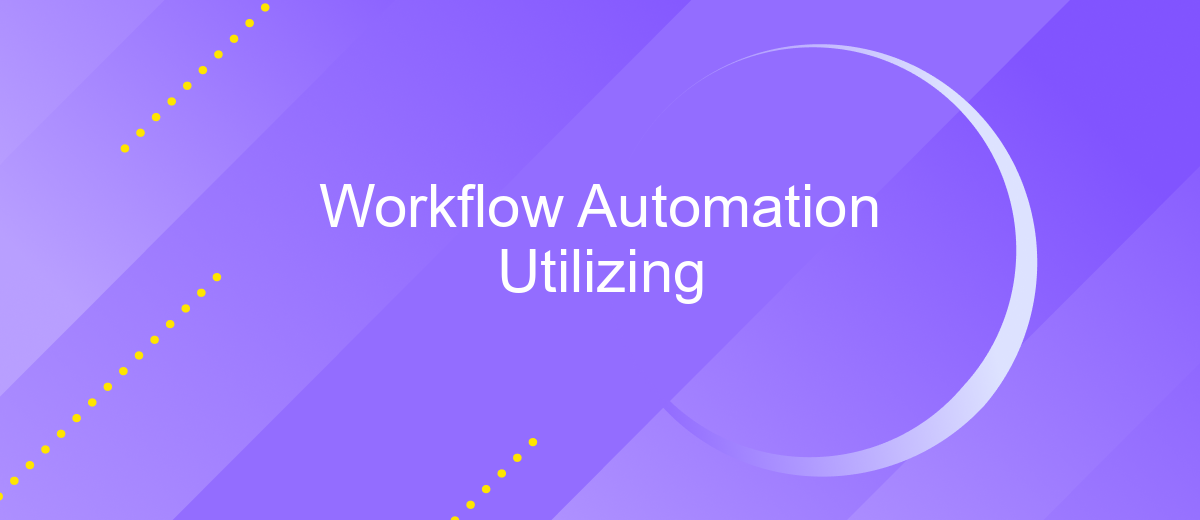Workflow Automation Utilizing
In today's fast-paced business environment, workflow automation has become essential for optimizing efficiency and reducing manual errors. By leveraging advanced technologies, companies can streamline repetitive tasks, enhance productivity, and focus on strategic initiatives. This article explores the benefits and implementation strategies of workflow automation, providing insights into how organizations can transform their operations and achieve sustainable growth.
Introduction to Workflow Automation
Workflow automation is a transformative approach that leverages technology to streamline and optimize business processes. By automating repetitive tasks, organizations can enhance efficiency, reduce errors, and free up valuable human resources for more strategic activities. This not only improves overall productivity but also leads to significant cost savings.
- Increased efficiency through automation of repetitive tasks
- Reduction in human errors
- Enhanced resource allocation
- Cost savings and improved ROI
One of the key aspects of workflow automation is the integration of various tools and services. Platforms like ApiX-Drive facilitate seamless connections between different applications, enabling data to flow effortlessly across systems. This integration capability is crucial for creating a cohesive and automated workflow, ensuring that all parts of the business process are synchronized and efficient.
Benefits of Workflow Automation Utilizing AI/ML

Workflow automation utilizing AI/ML offers numerous benefits, including significant time savings and enhanced accuracy. By automating repetitive tasks, organizations can streamline their processes, reduce human error, and allow employees to focus on more strategic activities. AI/ML algorithms can analyze data patterns, predict outcomes, and make decisions in real-time, which leads to faster and more informed decision-making.
Moreover, integrating AI/ML into workflow automation can improve scalability and flexibility. Tools like ApiX-Drive facilitate seamless integration of various applications, enabling businesses to automate complex workflows without extensive coding knowledge. This not only reduces the dependency on IT departments but also allows for quick adjustments to workflows as business needs evolve. Overall, AI/ML-powered workflow automation enhances productivity, operational efficiency, and the ability to adapt to changing market conditions.
Implementation of Workflow Automation Utilizing AI/ML

Implementing workflow automation utilizing AI/ML involves several critical steps to ensure seamless integration and efficiency. The first step is to assess your current workflow processes to identify areas where automation can be most beneficial. This involves mapping out each step and pinpointing repetitive tasks that can be automated.
- Identify key processes that require automation.
- Select appropriate AI/ML tools and platforms.
- Integrate these tools with existing systems using services like ApiX-Drive, which simplifies the integration of various applications and automates data transfer.
- Train the AI/ML models with relevant data to ensure accuracy and efficiency.
- Monitor and optimize the automated workflows continuously to adapt to changing needs.
Leveraging AI/ML for workflow automation not only streamlines operations but also significantly reduces manual errors and operational costs. By using integration services like ApiX-Drive, businesses can efficiently connect their AI/ML tools with existing applications, ensuring a smooth and effective automation process. This holistic approach enhances productivity and allows teams to focus on more strategic tasks.
Case Studies and Best Practices

Workflow automation has revolutionized various industries by streamlining processes and improving overall efficiency. One notable case study involves a mid-sized e-commerce company that implemented automation to handle order processing and inventory management. By integrating their sales platform with an automation tool, they reduced manual data entry and minimized human error.
Another example is a marketing agency that used workflow automation to manage client campaigns. They automated repetitive tasks such as email follow-ups, social media postings, and data reporting. This allowed the team to focus on strategic planning and creative work, resulting in a 20% increase in client satisfaction.
- Automate repetitive tasks to save time and reduce errors.
- Integrate various platforms using tools like ApiX-Drive to ensure seamless data flow.
- Regularly review and optimize automated workflows for continuous improvement.
By leveraging workflow automation, businesses can achieve significant improvements in productivity and accuracy. Tools like ApiX-Drive facilitate the integration of various systems, making it easier to automate complex workflows. Implementing best practices and learning from successful case studies can help organizations maximize the benefits of automation.
Conclusion and Future Perspectives
The implementation of workflow automation has proven to significantly enhance operational efficiency and accuracy across various industries. By integrating advanced tools and platforms, organizations can streamline their processes, reduce manual errors, and allocate resources more effectively. Services like ApiX-Drive facilitate seamless integration between multiple systems, enabling businesses to automate tasks effortlessly and maintain data consistency.
Looking ahead, the future of workflow automation promises even greater advancements with the integration of artificial intelligence and machine learning. These technologies will enable predictive analytics and further customization of automated processes, catering to specific business needs. As more organizations recognize the benefits of automation, the demand for versatile and user-friendly solutions like ApiX-Drive will continue to grow, driving innovation and efficiency in workflow management.
FAQ
What is workflow automation?
How can I get started with workflow automation?
What are the benefits of workflow automation?
Can workflow automation be customized to fit my specific needs?
How do I integrate different applications for workflow automation?
Do you want to achieve your goals in business, career and life faster and better? Do it with ApiX-Drive – a tool that will remove a significant part of the routine from workflows and free up additional time to achieve your goals. Test the capabilities of Apix-Drive for free – see for yourself the effectiveness of the tool.

